1- MEDITATION : THE SCIENCE AND ART OF LIVING
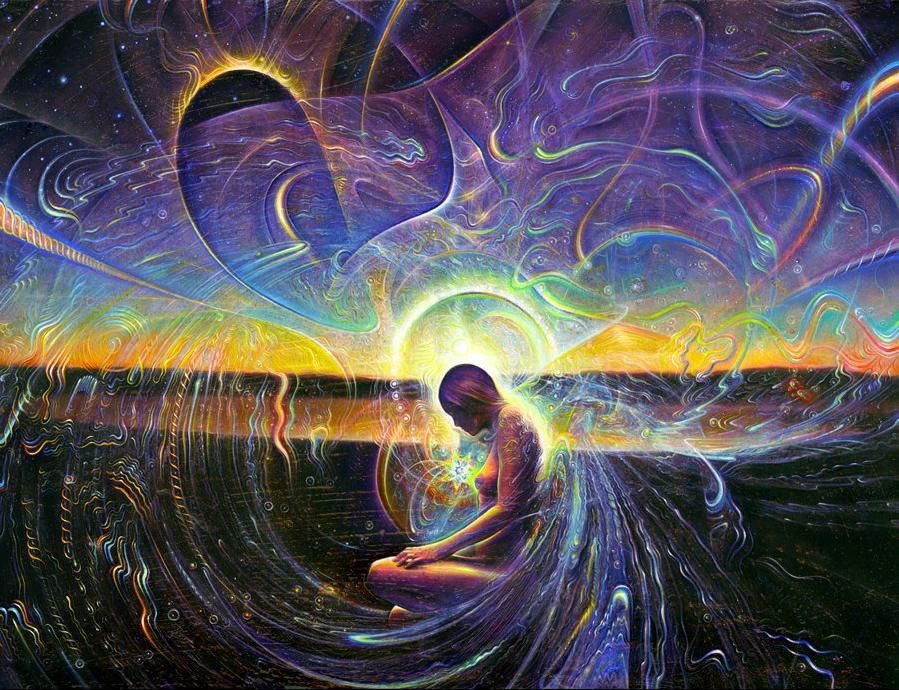
Meditation is a science, the systematic process of training the mind.
It is the science of meditation that allows people from all walks of life
to experience the same amazing benefits.
A regular sitting practice has been shown to
enhance concentration, lower blood pressure, and improve sleep.
It is used to treat chronic pain, post – traumatic stress, anxiety, depression,
and obsessive – compulsive disorders.
Meditators develop valuable insights into their personality, behaviors, and relationships,
making it easier to recognize and change past conditioning and counterproductive views
that make life difficult.
They have a greater awareness and sensitivity to others,
which is enormously helpful at work and in personal relationships.
The calming and relaxing effects of meditation also translate into
increased emotional stability when confronting the inevitable stresses of life.
Yet,
these are only incidental benefits.

Fully developed meditation skills also give rise to unique and wonderful mental states
characterized by physical comfort and pleasure, joy and happiness, deep satisfaction,
and profound inner peace — states that can open the mind to an intuitive appreciation of
our interconnectedness and dispel the illusion of separateness created by our egos.
Furthermore,
these fruits of meditation can be enjoyed all day long, for many days at a time,
and we can renew them whenever we like just by sitting down and practicing.
I will describe these mental states in detail,
and the systematic training presented here will lead to them with unfailing certainty.
But even so,
these peak experiences aren’t the ultimate benefit of meditation.
While bliss, joy, tranquility, and equanimity are delightful,
they are also transitory and easily disrupted by sickness, aging, and difficult life circumstances.
They also offer no protection from the corrupting influences of lust, greed, and aversion,
nor their consequences. Therefore,
these states are not an end in themselves, but only a means to a higher goal.
That higher goal is Awakening.
Other commonly used terms include Enlightenment, Liberation, or Self – Realization.
Each of these refers to a complete and lasting freedom from
suffering, unaffected by aging, disease, or circumstance.
True happiness, the bliss of perfect contentment, follows upon liberation from suffering.
Awakening isn’t some transient experience of unity and temporary dissolution of ego.
It’s the attainment of genuine wisdom; an enlightened understanding that comes from
a profound realization and awakening to ultimate truth.
This is a cognitive event that dispels ignorance through direct experience.
Direct knowledge of the true nature of reality and the permanent liberation from suffering
describes the only genuinely satisfactory goal of the spiritual path.
A mind with this type of Insight experiences life, and death, as a great adventure,
with the clear purpose of manifesting love and compassion toward all beings.
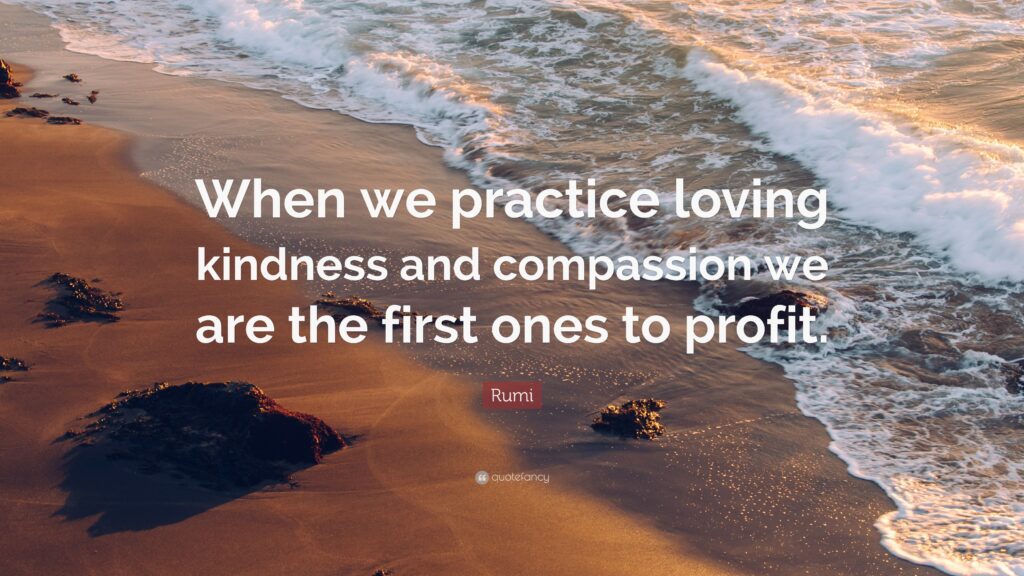
“ Know thyself ” is the advice of sages.
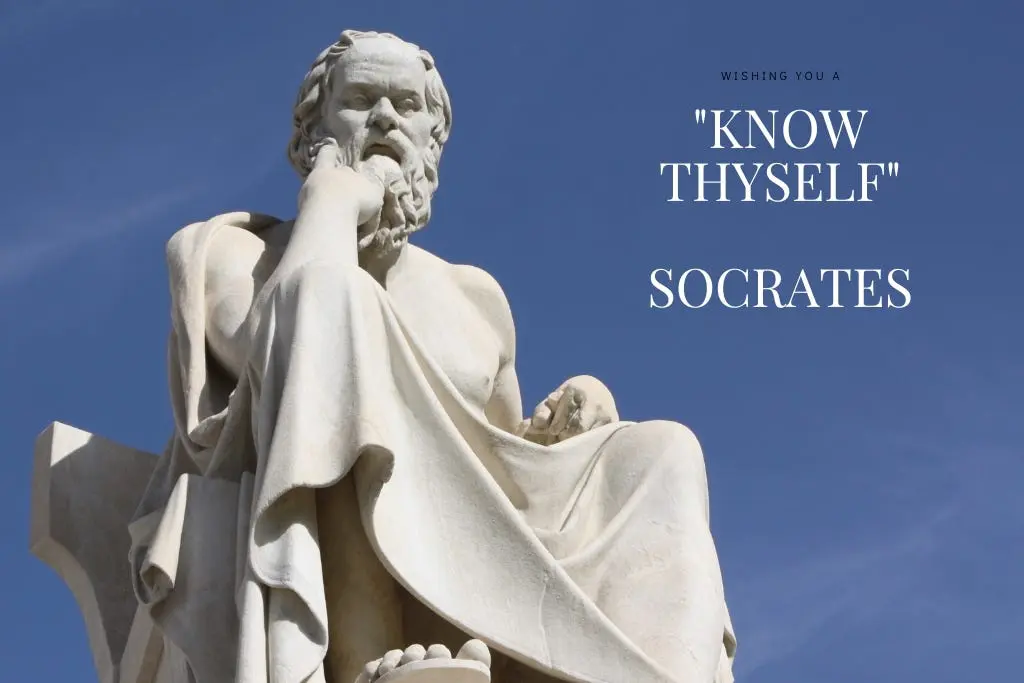
To live life consciously and creatively as a work of art,
we need to understand the raw material we have to work with.
This is nothing other than the continuously unfolding stream of conscious experience
that is our life.
Whether we’re awake or dreaming, this stream consists of sensations, thoughts, emotions,
and the choices we make in response to them. That is our personal reality.
The art and science of meditation helps us live a more fulfilling life,
because it gives us the tools we need to examine and work with our conscious experience.
~ ~ ~
For your personal reality to be created purposefully, rather than haphazardly,
you must understand your mind.
But the kind of understanding required isn’t just intellectual, which is ineffective by itself.
Like a naturalist studying an organism in its habitat,
we need to develop an intuitive understanding of our mind.
This only comes from direct observation and experience.
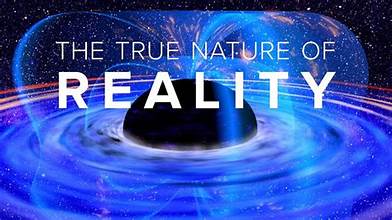
For life to become a consciously created work of art and beauty,
we must first realize our innate capacity to become a more fully conscious being.
Then, through appropriately directed conscious activity,
we can develop an intuitive understanding of the true nature of reality.
It’s only through this kind of Insight
that you can accomplish the highest purpose of meditative practice:
Awakening.
This should be the goal of your practice.

When life is lived in a fully conscious way, with wisdom,
we can eventually overcome all harmful emotions and behavior.
We won’t experience greed, even in the face of lack.
Nor will we have ill will, even when confronted by aggression and hostility.
When our speech and action comes from a place of wisdom and compassion,
they will always produce better results than when driven by greed and anger.

All this is possible because true happiness comes from within,
which means we can always find joy, in both good times and bad.
Although pain and pleasure are an inevitable part of human life,
suffering and happiness are entirely optional. The choice is ours.
A fully Awake, fully conscious human being
has the love, compassion, and energy
to make change for the better whenever it’s possible,
the equanimity to accept what can’t be changed,
and the wisdom to know the difference.
These articles are a fusion of teachings from different Buddhist traditions.
While it is entirely consistent with all of them, it does not reflect any one tradition in particular.
I believe this is one of its great advantages. It brings together the
Indo – Tibetan Mahayana and traditional Theravada meditation teachings,
and shows how each fills in the gaps of the other.
The techniques presented here apply to every kind of meditation practice.
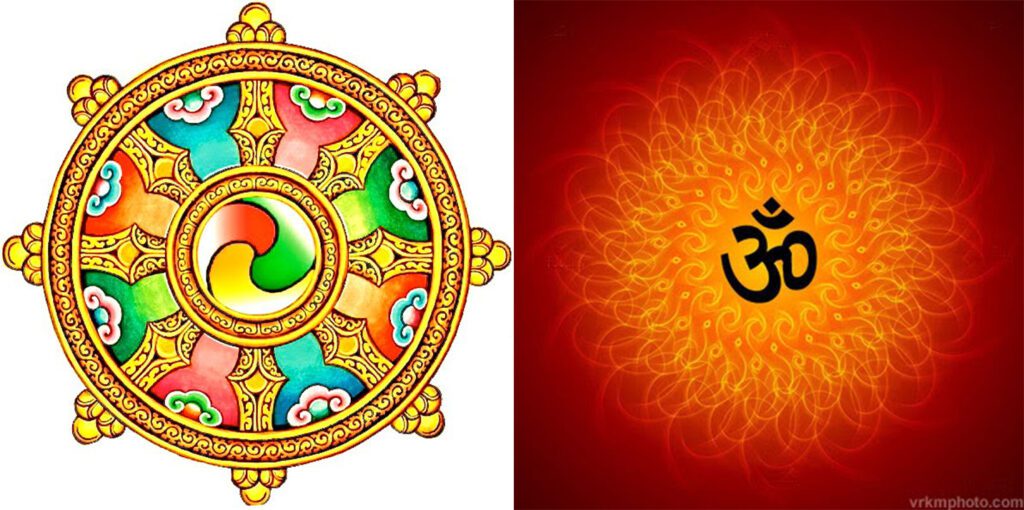
To clarify an important set of terms commonly found in meditation literature,
showing how they relate to each other and to the goal of Awakening.
These terms are : śamatha ( tranquility or calm abiding ),
vipassanā ( Insight ), samādhi ( concentration or stable attention ), and
sati ( mindfulness ).
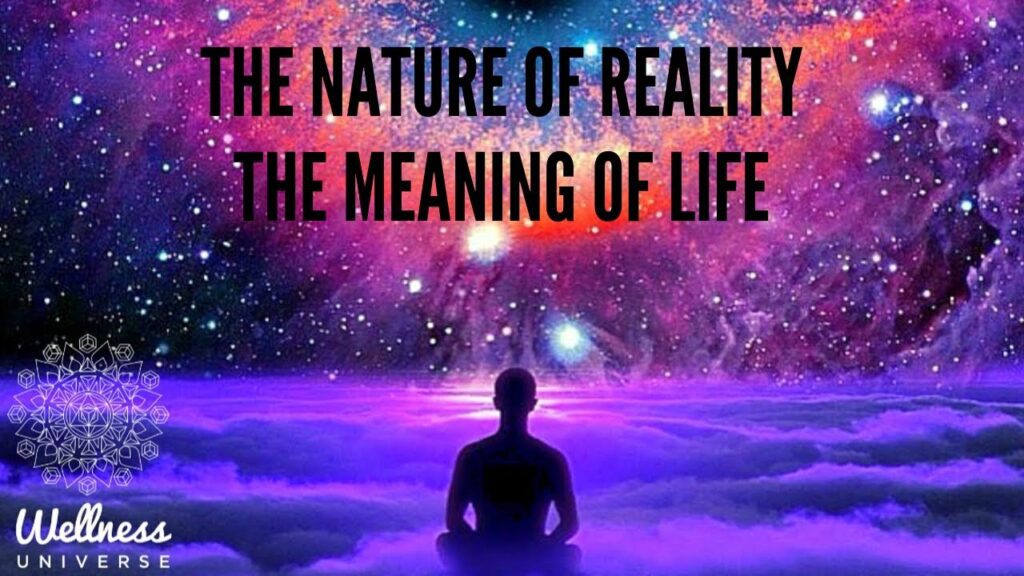
Awakening from our habitual way of perceiving things requires
a profound shift in our intuitive understanding of the nature of reality.
Awakening is a cognitive event,
the culminating Insight in a series of very special Insights called vipassanā.
This climax of the progress of Insight only occurs when
the mind is in a unique mental state called śamatha.
Śamatha and vipassanā are both generated using stable attention (samādhi) and mindfulness (sati).
Although it’s possible to cultivate either śamatha or vipassanā independently of one another,
both are necessary for Awakening.

Śamatha ( samādhi ) has five characteristics:
effortlessly stable attention
powerful mindfulness ( sati ) , joy, tranquility, and equanimity.
The complete state of śamatha results from working with
stable attention and mindfulness until joy emerges.
Joy then gradually matures into tranquility,
and equanimity arises out of that tranquility.
A mind in śamatha is the ideal instrument for achieving Insight.
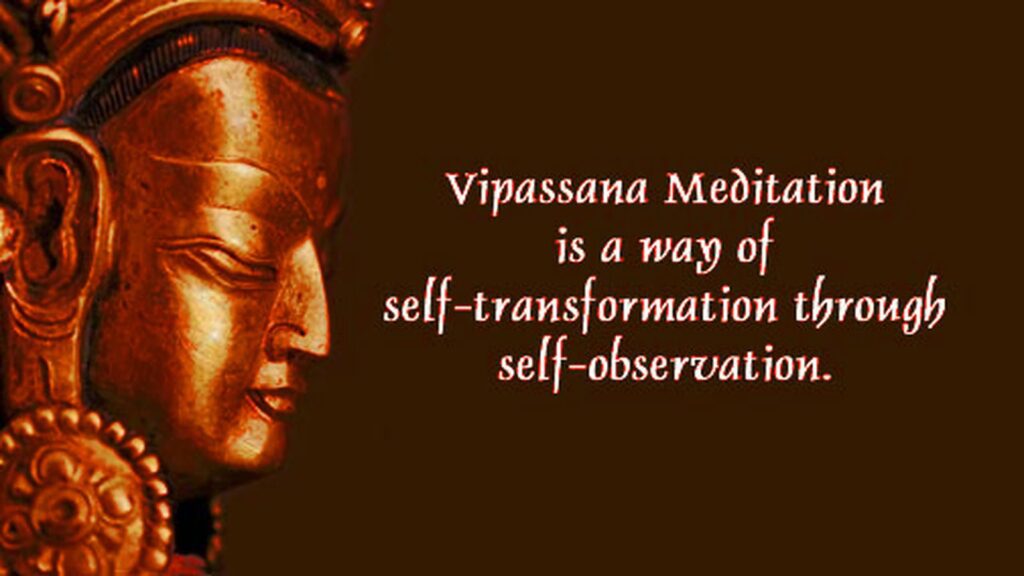
Vipassanā refers specifically to Insight into the true nature of reality
that radically transforms our understanding of ourselves and our relationship to the world.
However, meditation also produces many other very useful “ mundane insights,”
such as a better understanding of our own personality, social interactions,
human behavior in general, and how the everyday world works.
It can give us flashes of creative brilliance or intellectual epiphanies that
solve problems or help us make new discoveries.
These useful insights are not vipassanā, however, because they neither transform us personally,
nor our understanding of reality, in any profound way.
The Insights called vipassanā are not intellectual.
Rather,
they are experientially based , deeply intuitive realizations that transcend,
and ultimately shatter, our commonly held beliefs and understandings.
The five most important of these are Insights into
impermanence, emptiness, the nature of suffering,
the causal interdependence of all phenomena,
and the illusion of the separate self ( i.e . , “ no – Self ”).
~
You can experience the first four of these Insights using stable attention ( samādhi )
and mindfulness (sati) to investigate phenomena (dhamma vicaya) with persistence and energy (viriya).
The fifth , Insight into no – Self,
is the culminating Insight that actually produces Awakening,
because only by overcoming our false, self-centered worldview
can we realize our True nature.
But this crucial Insight requires, in addition to the first four Insights,
that the mind also be in a state of śamatha,
filled with deep tranquility and equanimity.
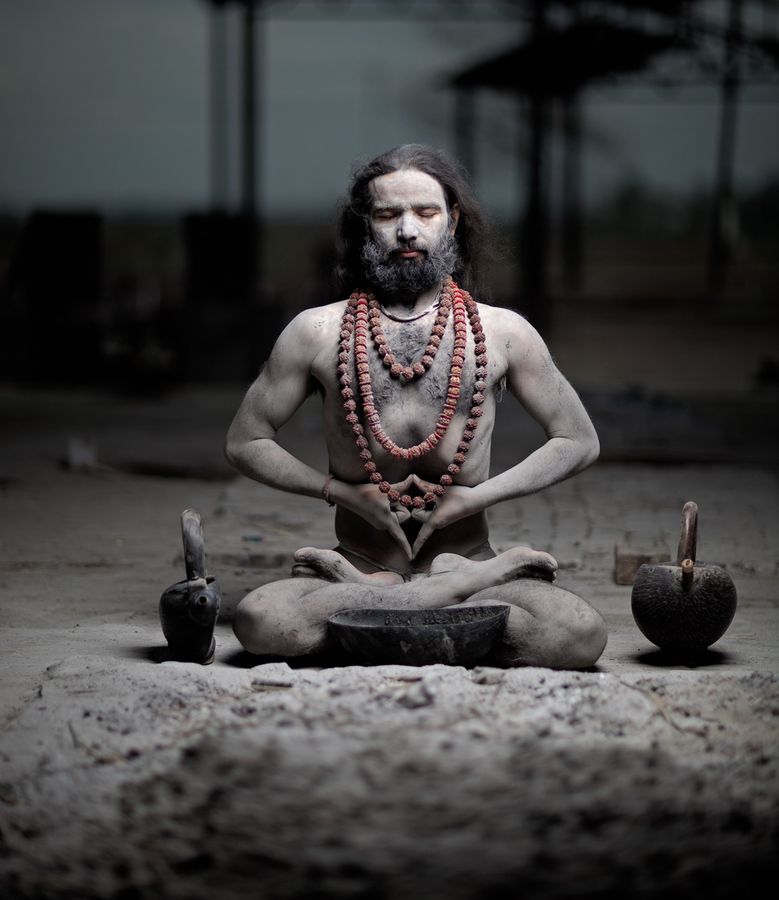
For both śamatha and vipassanā, you need stable attention ( samādhi ) and mindfulness ( sati ).
Unfortunately, many meditation traditions split samādhi and sati,
linking concentration practice exclusively to śamatha,
and mindfulness practice exclusively to vipassanā.
This creates all sorts of problems and misunderstandings, such as
emphasizing mindfulness at the expense of stable attention, or vice versa.
Stable, hyper – focused attention without mindfulness leads only to a state of
blissful dullness: a complete dead end.
But, just as stable attention without mindfulness is a dead end,
the opposite is also true.
You simply cannot develop mindfulness without stable attention.
Until you have at least a moderate degree of stability,
“ mindfulness practice ” will consist mostly of
mind – wandering, physical discomfort, drowsiness, and frustration.
Like two wings of a bird, both stable attention and mindfulness are needed,
and when they are cultivated together,
the destination of this flight is śamatha and vipassanā.
Also,
brief episodes of śamatha can occur long before you become an adept practitioner.
Insight can happen at any time as well.
This means a temporary convergence of śamatha and vipassanā is possible,
and can lead to Awakening at any Stage.
In this sense,
Awakening is somewhat unpredictable, almost like an accident.
Although the possibility of Awakening exists at any time,
the probability increases steadily as you progress through the Stages.
Therefore,
Awakening is an accident,
but continued practice will make you accident – prone.
You are training your mind throughout the Ten Stages, cultivating all the qualities of śamatha.
As you progress,
the mind inevitably becomes more and more fertile for the seeds of Insight
to ripen and blossom into Awakening.
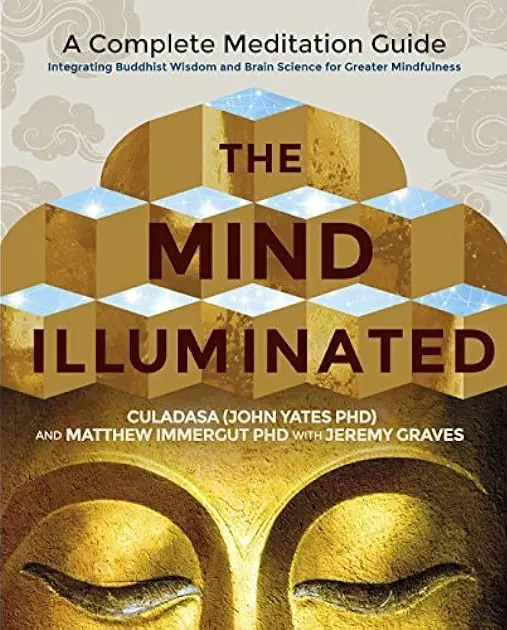
Just to reiterate:
This series of articles highlight and focus on the first 3 stages
of the 10 stage process towards the Ultimate goal of Awakening.
I have come to regard these first three stages as outlined by
Neuro Scientist John Yates… AKA Culadasa
to be the most useful way to learn how to meditate
for Ultimate goal of meditation.
With his neuro science along with his psychology background and lifelong Buddhist Practice,
he has the unique qualifications to bring together the complete Spiritual Path together
in the most thorough way.
This subject has many different traditions and perspectives that for the most part
evolved separately in various locations around the world, and yet,
they all point toward the very same outcome…
Attaining the highest form of human consciousness possible, with names such as…
Enlightened, Awakening, Self-Realized… that all offer the Ultimate goal and Fruition of…
Liberation of pain and suffering.
Beyond these first 3 stages is beyond the scope of what I can effectively share,
but for those so inspired… This book is a must read:
The Mind Illuminated:
A Complete Meditation Guide Integrating Buddhist Wisdom and Brain Science
for Greater Mindfulness
by – John Yates; Matthew Immergut; Jeremy Graves
Also,
for those so inspired and ready for the next steps along the Path
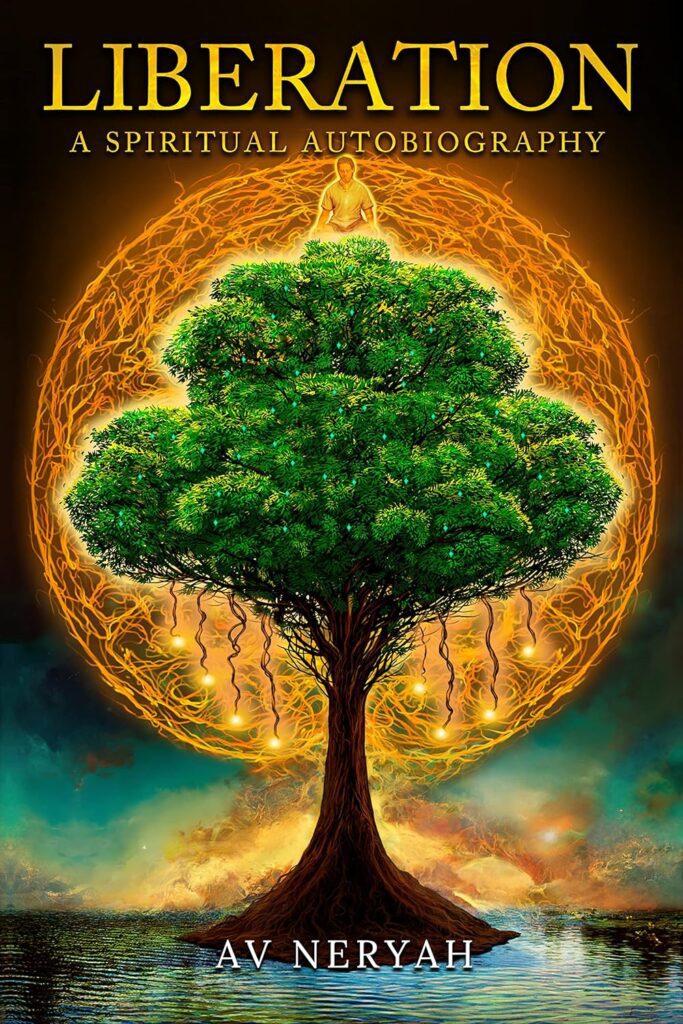
Read the entire series of books by SantataGamana starting with Kriya Yoga Exposed.
then, once this settles in, read
“Liberation” by Av Neryah
For the deep end of the “Path”…. these two authors
combine the very best instructions to complete the Journey.
I have found that Av Neryah’s style to resonate with my highest Spiritual Desires.
His teachings have brought me the absolute furthest…
currently, right up to the threshold of the “Absolute“.
~
Up Next
An Overview of the Ten Stages